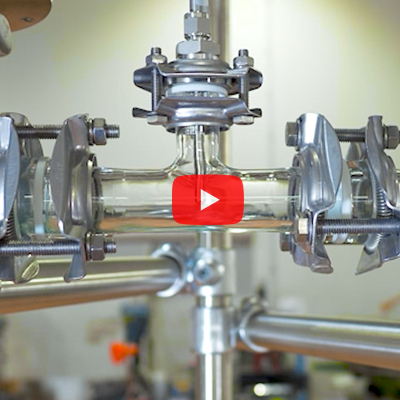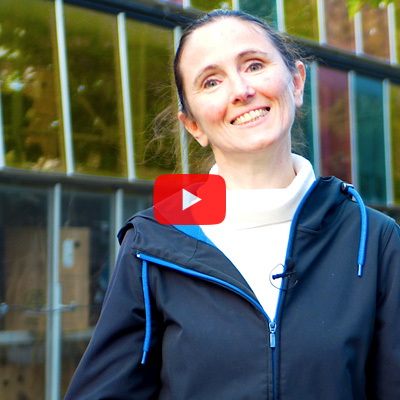


NUESTRO NEGOCIO
Nuestro negocioLa compa√Ī√≠a
NUESTRAS M√°QUINAS
Agronegocios, productos farmacéuticos y biotecnologíasIngeniería químicaTratamiento de agua y desechosTermodinámicaHidráulicoRegulación y AutomatismoIngeniería AutomotrizIngeniería MecánicaEnergía renovableAerodinámica
CONTACTO
NOTICIAS















